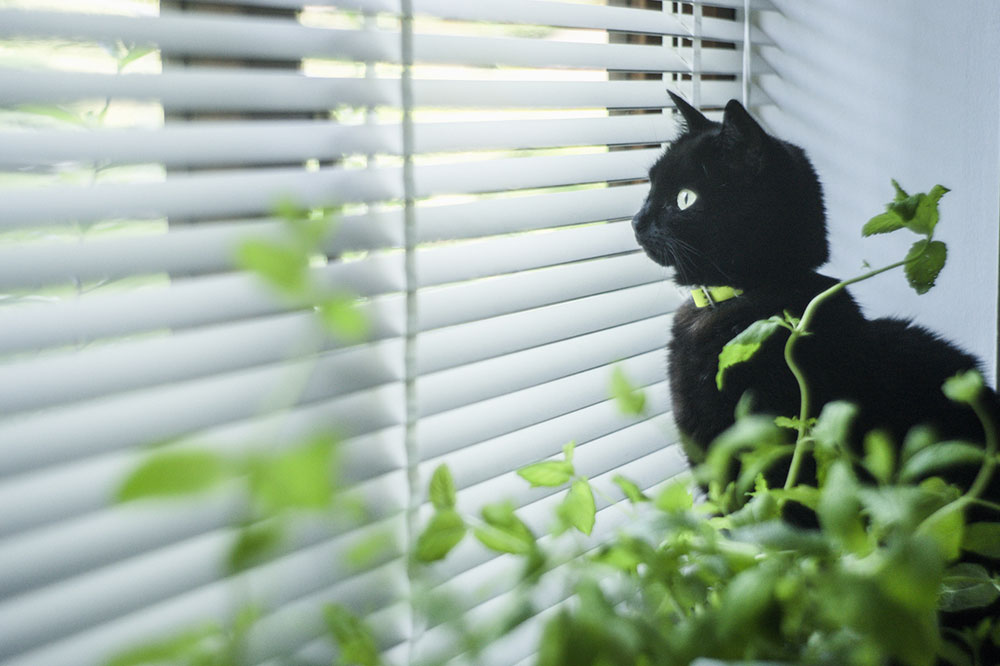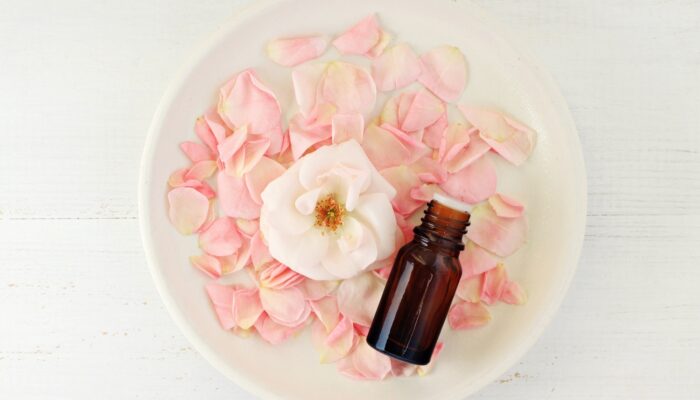
4 Household Plants to Avoid If You Have a Cat
Household plants make up for excellent trimmings for home decor. From lilies, jade plants, amaryllis, azalea, and calla lily, among many others, there are several lively low maintenance options that you can have at home. Many of them even have medicinal qualities that are beneficial to humans. However, when it comes to your pets, you must be extra careful as several of these houseplants are toxic for cats and dogs. These plants contain toxins that they simply must not ingest.
Take a look at the four most common houseplants that are toxic to cats.
Lilies
Lilies are one of the most popular choices for indoor house plants. Peace lilies, in particular, are the most sought after, according to many house owners. As a homeowner, you will prefer these plants as they are simple to care for and simply brighten up the indoors. However, what you should know is that lilies are also one of the most toxic plants for cats. Ingesting small amounts of the flower can result in severe kidney damage and a rushed trip to the nearest vet hospital. Peace Lily can also cause oral irritation and excessive drooling due to calcium oxalate. Your cat might also experience an intense burning sensation and irritation at the tip of the mouth, lips, and even the tongue.
English Ivy
It is no doubt great as a show plant and used for quaint ornamental decorations around the house. English Ivy also has a number of medicinal properties and helps treat respiratory problems associated with multiple diseases. While it may be harmless for humans, cats and dogs must be kept away at all costs. Ingesting even the smallest amount of the stem or the leaf can result in severe diarrhea, vomiting, hypersalivation, and abdominal pain.
Sago palm
House owners simply love sago palm as it is specifically grown and nurtured for its elegant appearance. Similar to lilies, very little effort goes into caring for this house plant, and you don’t have to fuss too much about it. However, every inch of the sago palm is poisonous, making it one of the most toxic plants for cats, especially felines who keep licking and rubbing their bodies against the plant. Sago Palm is loaded with cycasin, when ingested by pets, can result in uncontrollable drooling, vomiting, and fluid retention. Some of the severe symptoms include internal bleeding, blood in the stools, liver failure, and jaundice. If immediate treatment is not sought, it can also result in fatalities.
Aloe Vera
Another common house plant that is also one of the most toxic plants for cats. The medicinal uses of Aloe Vera for humans are tenfold, but felines and dogs need to stay away from Aloe Vera. The part from which aloe gel I extracted can be deadly if ingested by pets as it also contains a toxin called Saponin. Even small amounts of the toxin can change urine color, cause lethargy, sometimes trigger tremors apart from frequent bouts of vomiting and diarrhea.



